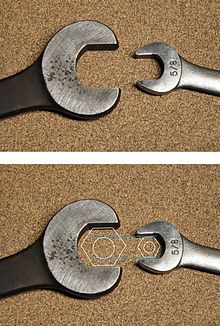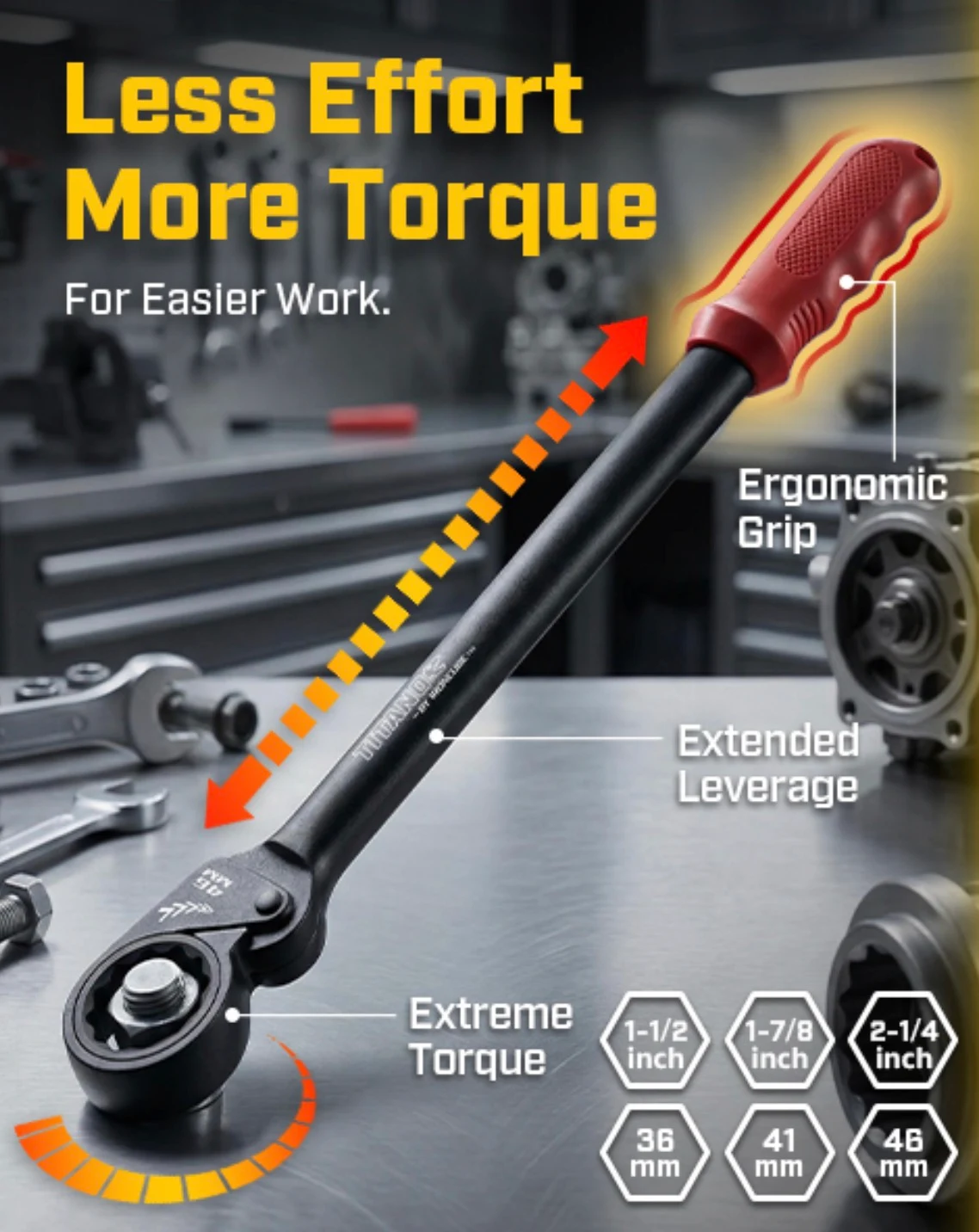
Have you ever been in the middle of a repair or a project, only to find that your wrench is too small for the task at hand? Fret not! In this comprehensive guide, we will delve into five diverse and widely discussed perspectives on how to tackle this core issue. From creative on-hand solutions and modifications to your existing tool, to exploring the idea of renting, borrowing, buying a new one, or even hiring a professional, there’s always a solution to ensure your project never comes to a halt. Whether you’re an experienced handyman or a DIY enthusiast, this guide will empower you with practical, easy-to-follow advice. Keep reading to discover how to overcome the hurdle of a small wrench and get back to turning those nuts and bolts in no time!
1. Perspective: Use What You Have
Using your available resources is one of the easiest ways to tackle the issue of a small wrench. There are multiple ways of leveraging what you already have in your toolkit to make the wrench fit better.
Pipe Extension
One of the most common methods is to use a metal pipe for additional leverage. Simply slide the pipe over the handle of your wrench to extend its length. This is called a “cheater bar” and can provide the extra force you need.
Strap Wrenches
Alternatively, consider using strap wrenches, especially for round or irregular shapes. These wrenches use a flexible strap or chain that can loop around the object and tighten as needed, offering a versatile solution.
Leveraging Joints
In some cases, you can leverage the joints on your small wrench to adapt to a larger size. This requires some skill and is not applicable to all types of wrenches. However, it can be a useful method when no other tools are available.
2. Perspective: Modify Your Wrench
If you’re stuck with a wrench that’s too small, you can consider modifying it to fit your needs.
File It
It may be possible to use a file to gradually widen the opening of a wrench. This can be time-consuming and requires a steady hand to ensure that the modification is even.
Heat Treatment
With caution, you can heat the wrench to expand the metal and then rapidly cool it to “set” the new size. Note that this can potentially weaken the wrench and should be done sparingly.
Professional Modification
If you’re not comfortable with DIY modifications, consider taking your wrench to a professional. They have specialized tools and knowledge to modify tools safely and effectively.
3. Perspective: Purchase a New Wrench
Sometimes, the simplest solution is to buy a new wrench. There are different types of wrenches available in the market that cater to various needs.
Adjustable Wrenches
These are versatile tools that can adjust to a range of sizes, eliminating the need for multiple wrenches.
Socket Wrenches
These have a ratcheting mechanism that makes them convenient for fastening and loosening bolts, with various sizes of sockets available.
Combination Wrenches
These offer a box end and an open end, providing two sizes in one tool.
4. Perspective: Rent or Borrow
If buying a new wrench isn’t an option, consider renting or borrowing one.
Tool Rental Services
Many hardware stores offer tool rental services where you can rent the right-sized wrench for a day or two.
Borrow From a Neighbor
Your neighbors may have the right-sized wrench. Remember to return it in the same condition you borrowed it!
5. Perspective: Hire a Professional
Lastly, if your wrench is too small and you don’t have the means to replace or modify it, consider hiring a professional. They have the right tools and expertise to handle the job.
In conclusion, if your wrench is too small, there are many solutions available. Whether it’s using what you have, modifying your tool, buying a new one, renting, borrowing, or hiring a professional, there’s always a way to get the job done. So don’t fret – go ahead and turn the wrench on your problem!

